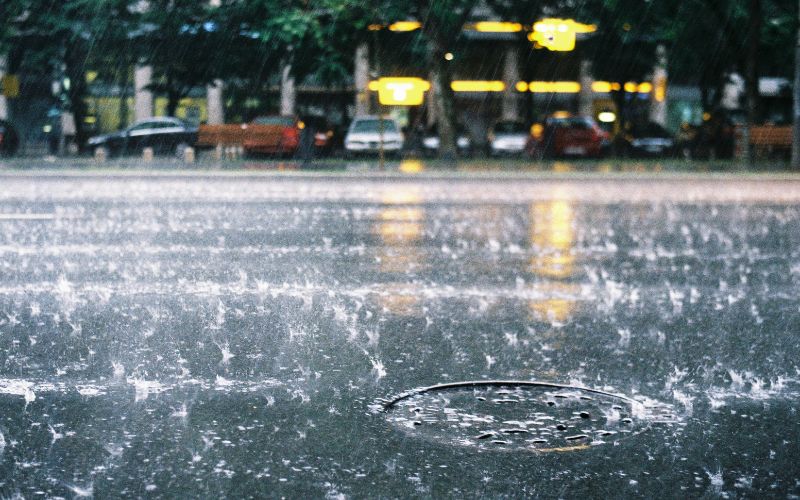
Homeowners and property investors who are underinsured could potentially be exposed to financial risks as the market enters what seems to be a triple-dip La Niña weather event this summer.
MCG Quantity Surveyors director Marty Sadlier said Australia is on the verge of a devastating insurance crisis due to La Niña, which is underway for the third year already.
“When a La Niña moves into the third year, it is called a ‘triple dip’. That should be a huge cause for concern. The last time a triple dip La Niña occurred was more than two decades ago from 1998 until 2001,” he said.
The two wet summers has already resulted in rise in dam catchments and high water tables, which could cause more floods.
“We’re also still recovering financially from the previous two years of flooding which resulted in billions of dollars of damage throughout the nation. Along with the loss of life and property, these events have exacerbated other elements that will make things difficult," Mr Sadlier said.
“I’m incredibly concerned this year’s La Niña will financially devastate a huge number of homeowners and investors who are substantially under insured.”
Citing data from the Australian Bureau of Statistics, Mr Sadlier said 2.44 million households have no house and contents insurance, equivalent to almost a quarter of all homes.
A report from the Climate Council has identified 10 areas that have the highest share of properties most at risk for being uninsured, most of which are in Queensland.
“In reality, I believe over 90% of properties in Australia are not carrying adequate insurance,” he said.
“Also, many residential owners don’t carry out proper assessments of their property’s replacement costs each year —most just opt to add a little extra to last year’s guesstimate come insurance renewal time.”
Mr Sadlier said homeowners must make it to a point to consult a professional instead of just relying on online calculators when assessing their insurance values.
“Most online calculators don’t make any allowances for consultants’ fees, demolition and forecast building cost inflation. In addition, they miss allowances for site works, retaining walls, mature landscaping and additional works that have been carried out over time.”
On top of this, Mr Sadlier said the rising construction costs over the past two years could mean that any insurance value assessments from 12 months ago could be redundant.
“Repairs to previously flooded property has seen the demand for labour and materials continue to skyrocket,” he said.
Mr Sadlier said the already strained construction industry might be put under further stress if the heavy rains cause more widespread flooding again this year.
The fallout might be dramatic, as costs have already risen to new highs. For instance, the costs of timber and steel have already risen by 21% and 42%, respectively, over the past 12 months.
“There’s every chance that if La Niña wreaks havoc this year, construction costs will remain at their record highs well into 2023 and possibly beyond,” Mr Sadlier said.
—
Photo by Andrei from Pexels.
Collections: Mortgage News Insurance



Share